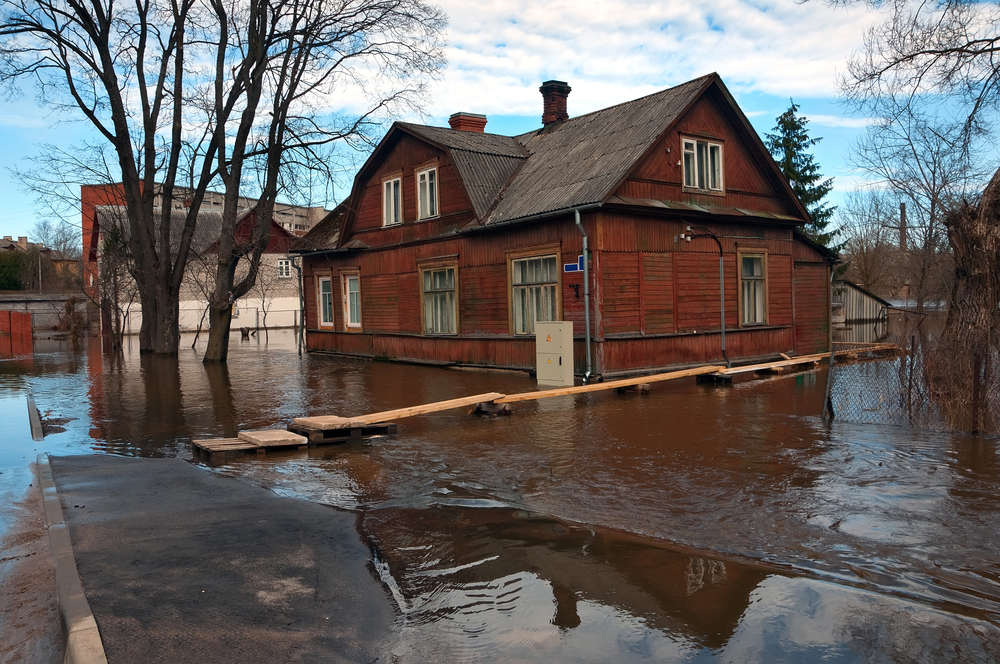
“We had no warning.” Those simple words, from Rosalie Castro of Kerrville, Texas, sum up the devastation and confusion that followed when record floods ravaged Central Texas in July 2025. The tragedy hit so fast and hard that even longtime residents, familiar with the moods of the Guadalupe River, were taken by surprise.
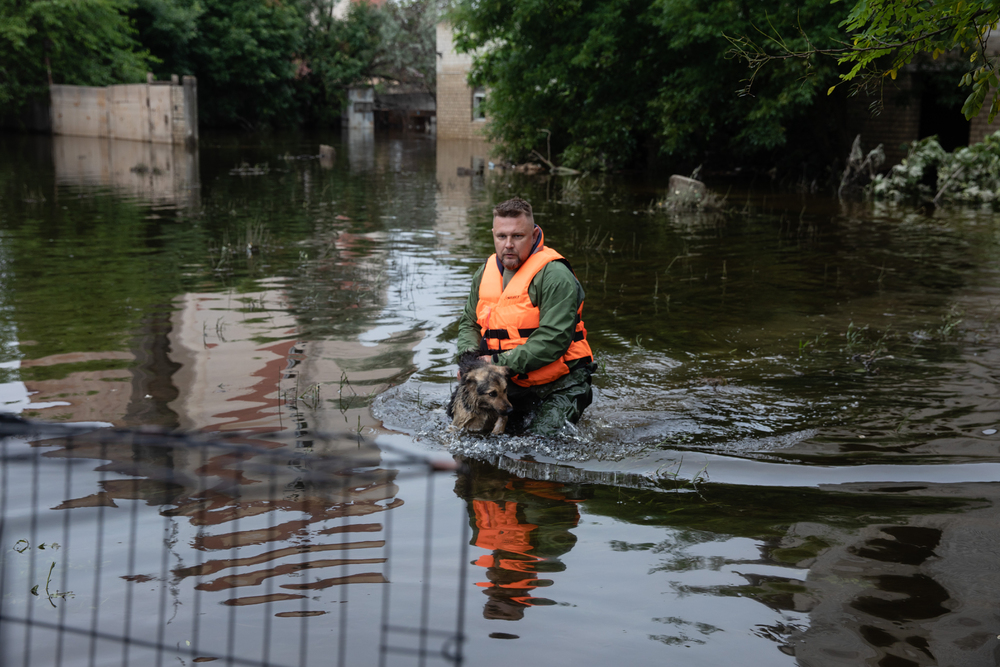
While the community struggles with loss and recovery, the Texas floods have left not just destruction behind but also have served as a catalyst for pressing discussions regarding preparedness, public safety, and the strength of ordinary people. From acts of heroism to systemic shortcomings, here are the most compelling takeaways that everyone wherever you are needs to know.
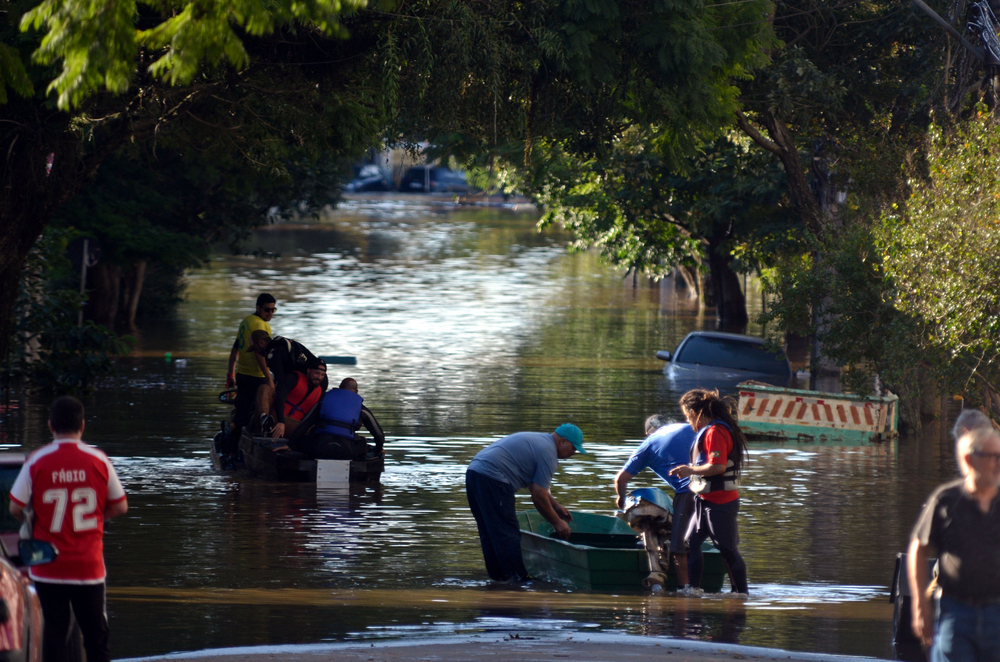
1. The Human Toll: Stories of Bravery and Heartbreak
In the early hours of July 4, surging floodwaters tore through homes and summer camps, claiming at least 78 lives, including 28 children across Central Texas. Among the most moving stories is that of Julian Ryan, a 27-year-old father who smashed a window to save his fiancée, children, and mother. Severely injured, he told his family, “I’m sorry, I’m not going to make it. I love y’all,” before he died from his injuries. His family and friends call him “the hero in this story.”
In Camp Mystic, a popular girls’ summer camp, cabins were destroyed by the floodwaters and left families holding on for word. The disaster has brought communities together in sorrow and relief efforts, as neighbors and strangers alike joined to search for the missing and mourn the dead.
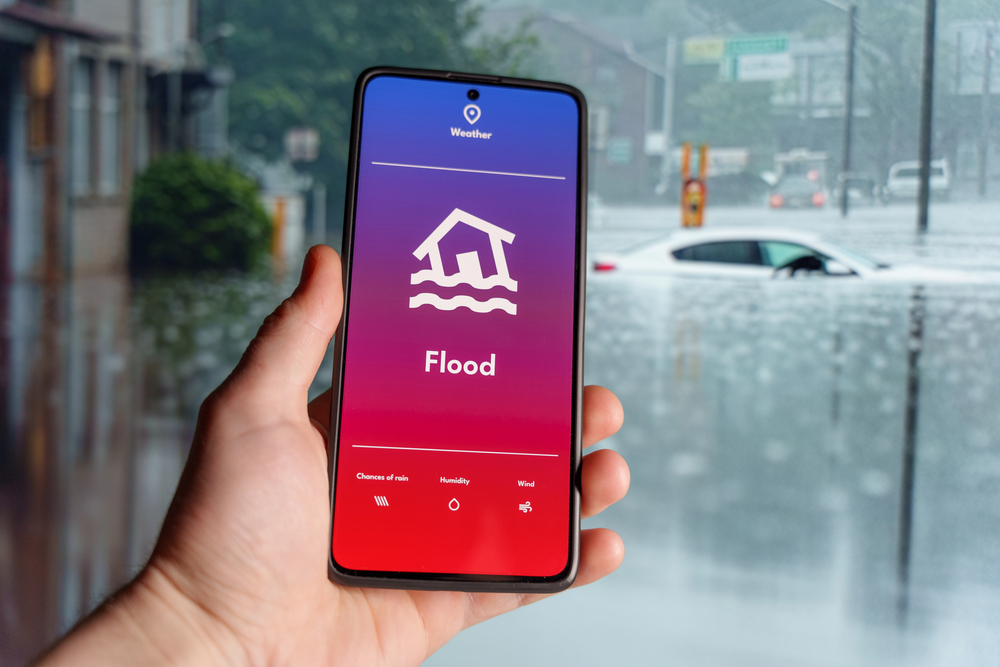
2. Why Warnings Fell Short and What Needs to Change
The destruction of the flood wasn’t solely about the wrath of nature it was also about failing warnings. Though the National Weather Service warned of hours in advance of when the rivers crested their banks, numerous locals never heard them or discounted the danger. As Kerrville City Manager Dalton Rice acknowledged, “Unfortunately, the rain hit at the most inopportune time and right in the most inopportune areas” (Washington Post).
Questions have circulated regarding whether the cutbacks in staffing at the National Weather Service and outmoded alert systems played a role in the failure to issue timely, usable warnings. Rep. Joaquin Castro summed it up succinctly on CNN: “When you have flash flooding, there’s a risk that if you don’t have the personnel. to do that analysis, do the predictions in the best way, it could lead to tragedy.”
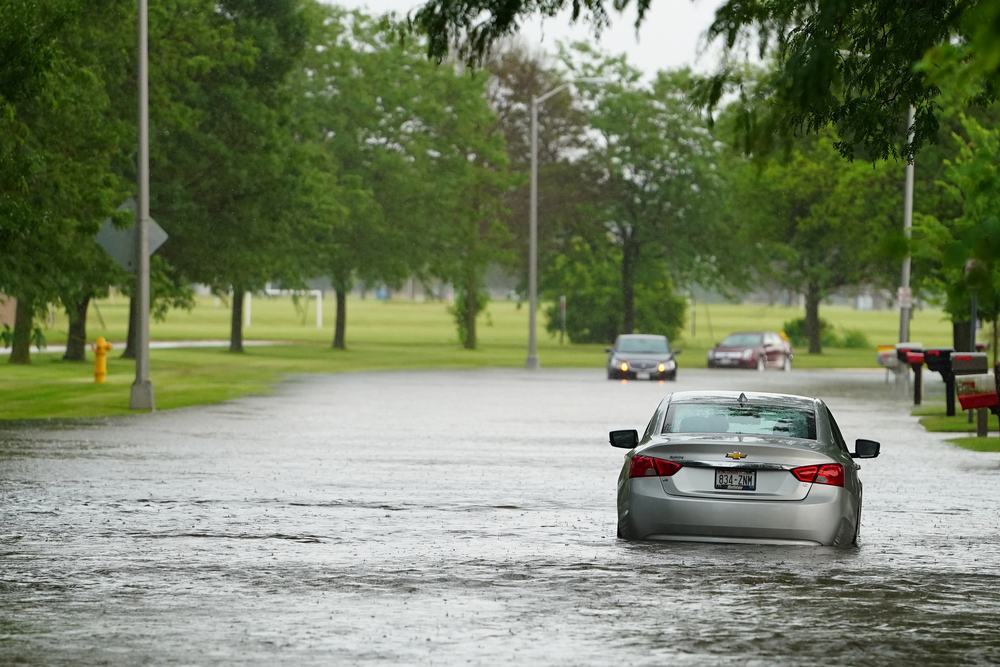
3. Flash Floods: Why They’re So Dangerous and So Hard to Predict
Flash floods are known to be fast and unexpected. In this tragedy, four months’ accumulation of rain fell in only a matter of hours, and the Guadalupe River exceeded 20 feet above its normal level overnight. The power of only six inches of flowing water is enough to knock an adult to the ground, and two feet can carry a car away.
Experts note flash floods can hit with little or no notice, particularly at night. The safest course of action is to move to higher ground as fast as possible and never try to drive or walk through water that is moving. “There’s the potential for flash flooding, but there’s no anticipation of a water wall of nearly 30-feet high,” Texas Governor Greg Abbott said, highlighting how even experienced officials were surprised.
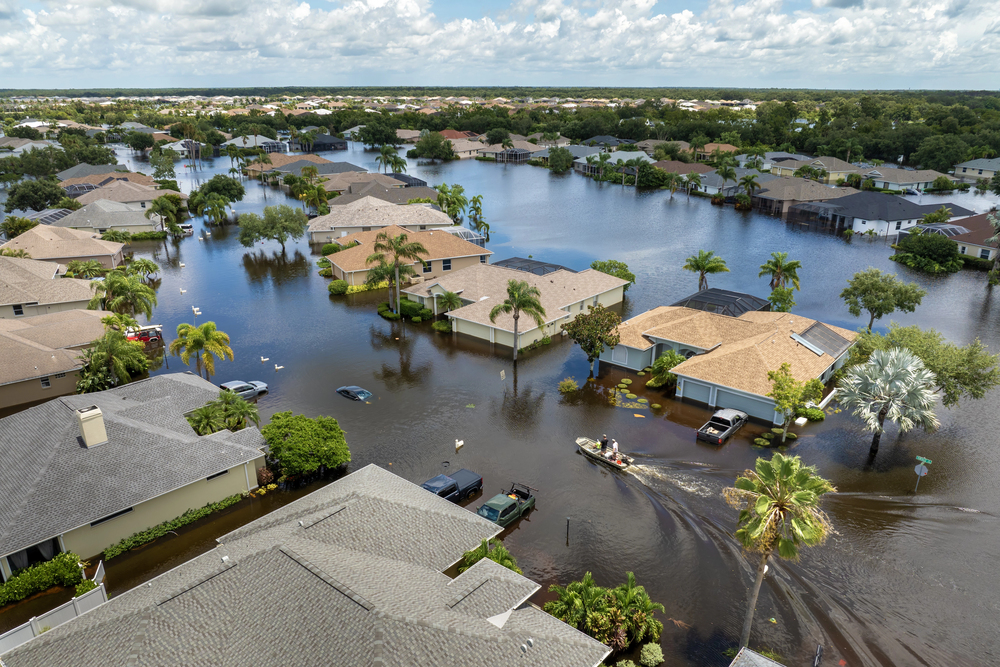
4. After the Waters Recede: The Hidden Dangers of Cleanup
Living through the flood is only the start. When the water recedes, there are new dangers consider electrical issues, waterborne contamination, and the quick increase of mold and bacteria. The American Red Cross advises battery-operated flashlights (never fire), a minimum ten-minute boiling of the water, and the taking of pictures of everything damaged before cleanup for insurance purposes.
It’s also important to pace yourself, drink plenty of water, and get emotional support. The loss trauma and the fatigue of recovering can be hard to handle, so professionals recommend prioritizing and not attempting to do everything simultaneously.
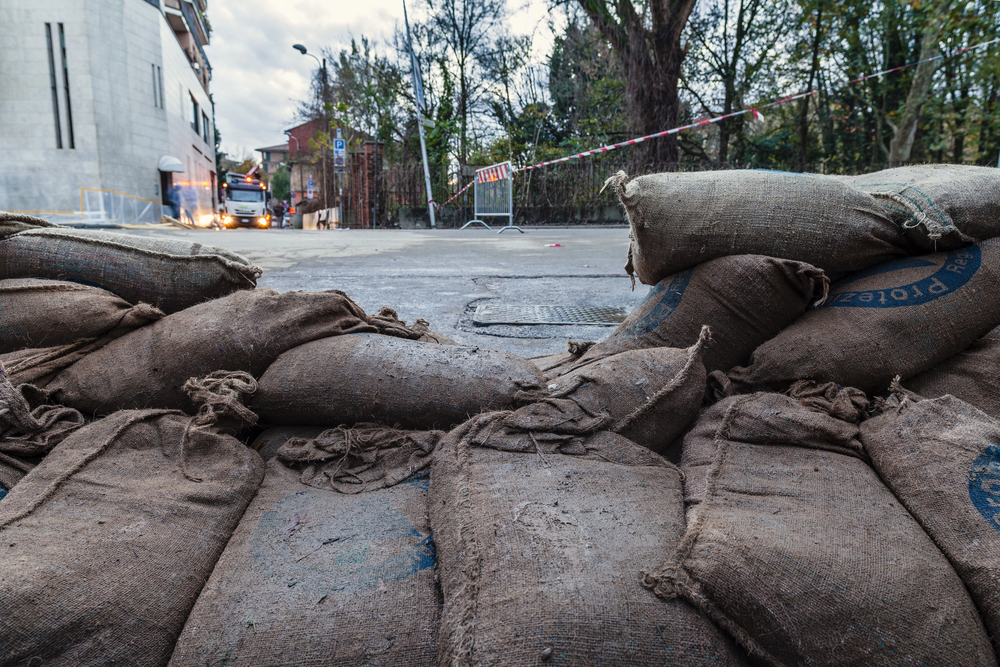
5. How to Flood-Proof Your Home and Community
The Texas floods provided one certainty: Preparation saves lives and property. Easy measures such as keeping valuables on upper levels, fitting waterproof barriers, and keeping gutters clean can make a big difference. On larger investments, try elevating your home above the Base Flood Elevation or fitting sump pumps and backflow valves.
Community-wide measures, such as wetland restoration and upgraded drainage systems, are also essential. Flood-resistance construction results in the near 80% reduction of damage annually for homes constructed to those standards compared to non-compliant buildings, states the National Flood Insurance Program. And don’t forget: a majority of homeowner’s policies don’t include flood damage flood insurance is a requirement even outside high-risk areas.
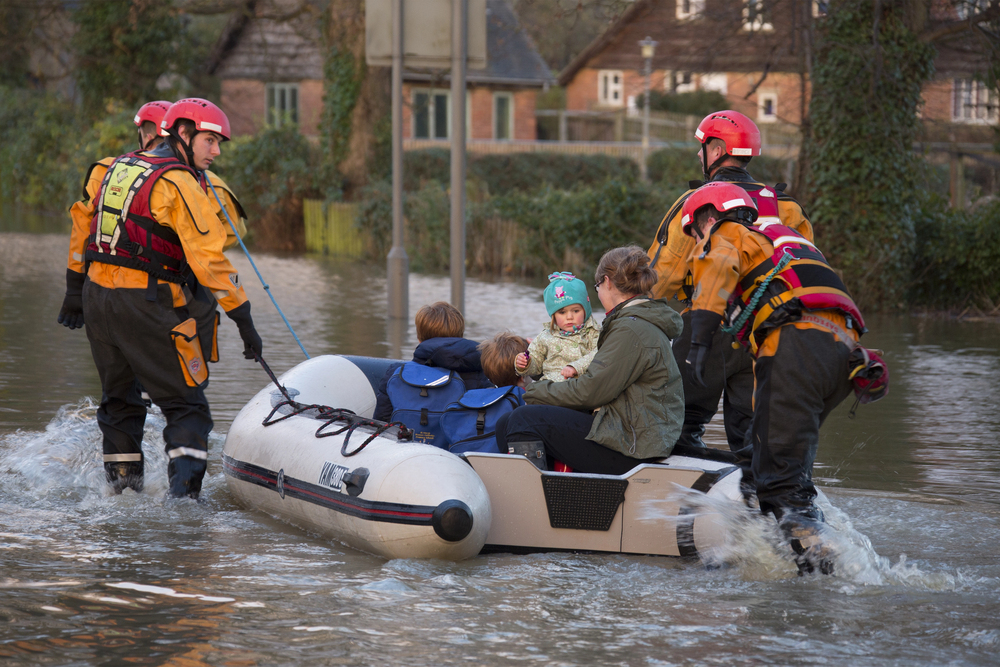
6. The Emotional Aftermath: Grief, Guilt, and Resilience
Floods don’t just destroy buildings they shatter lives. Survivors and families are left wrestling with grief, guilt, and unanswered questions. As one mother shared, “While they were literally panicking and about to drown, my mother was still holding up her son and he looked at her and said, ‘I love you’.”
Communities have rallied in impressive solidarity. Local organizations, churches, and even the NFL have donated millions to relief efforts. Mental health professionals encourage survivors to draw on support networks and seek professional attention if necessary functioning healingis a marathon, not a sprint.

7. Food Safety in Crisis: What You Need to Know
Floods can also contaminate food and water sources, so food safety is a priority. The FDA issued its strongest warning recently in a recall of shrimp due to undeclared sulfites, a reminder that disaster circumstances can heighten foodborne risk.
Throw away any food that’s had contact with water after a flood, and boil all potable water until officials say it’s safe. Keep current with recalls and advisories particularly if you or your family members have allergies or sensitivities.
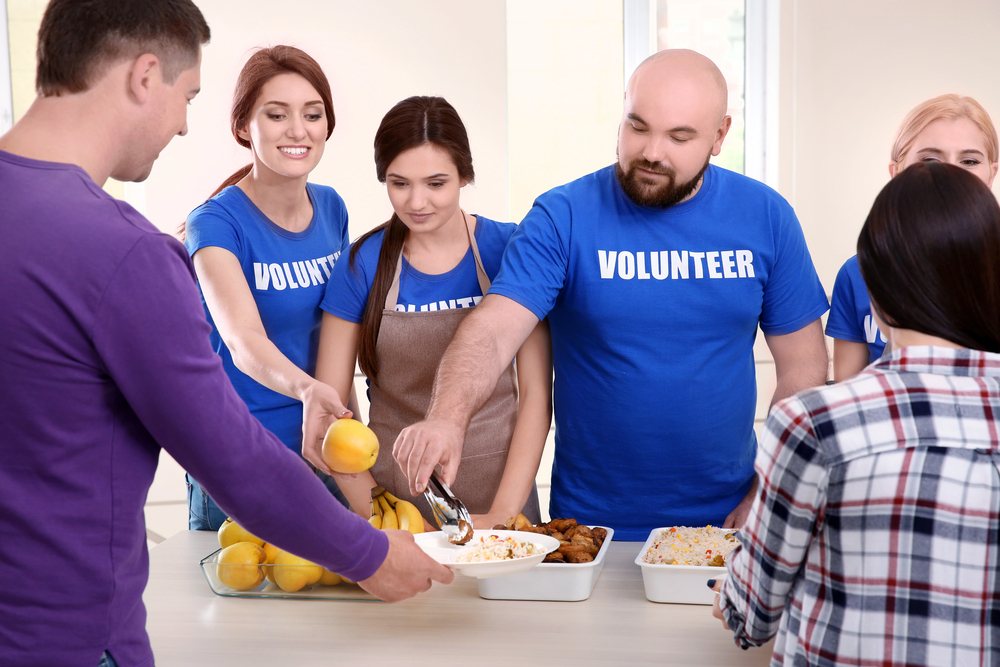
8. The Power of Community: How to Help and Heal
With the aftermath of disaster comes a flood of support from neighbors, nonprofits, and even strangers. Organizations such as World Central Kitchen have provided thousands of hot meals, and local animal rescues labor around the clock to reunite pets with their owners.
Regardless of whether you give, volunteer, or just check in on the person impacted, it all helps. As noted by former president George W. Bush, “Those who have lost their precious children are facing a grief no parents should ever know. We are grateful to the first responders and volunteers who are working to find the missing and comfort the grieving.”
The 2025 Texas floods will leave scars that will heal slowly over years, but they’ve also brought strong lessons in preparedness, empathy, and community strength. No one can predict the weather, but everyone can prepare themselves and their families and help those who are starting over from the ashes of disaster. Ultimately, it’s the resilience of ordinary citizens, together, that makes disaster give way to hope.


